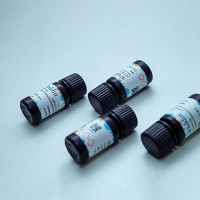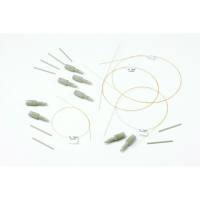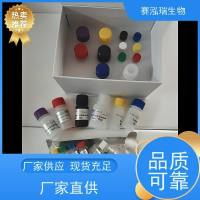Application of Capillary Electrophoresis to Pharmaceutical Analysis
互联网
互联网
相关产品推荐

Proteinase 3 (PR3; non recombinant),≥80% capillary electrophoresis,阿拉丁
¥2600.90

软骨素酶AC 来源于肝素黄杆菌,9047-57-8,重组, expressed in <i>E. coli</i>,≥200 units/mg protein, For Chondroitin Sulfate Analysis,阿拉丁
¥7138.90

Recombinant-Human-Anthrax-toxin-receptor-2ANTXR2Anthrax toxin receptor 2 Alternative name(s): Capillary morphogenesis gene 2 protein; CMG-2
¥12838

Capillary Tubing Kit
询价

炭疽热毒素受体2(ANTXR2)检测试剂盒CMG-2; CMG2; ISH; JHF; Capillary Morphogenesis Protein 2
¥800
相关问答

